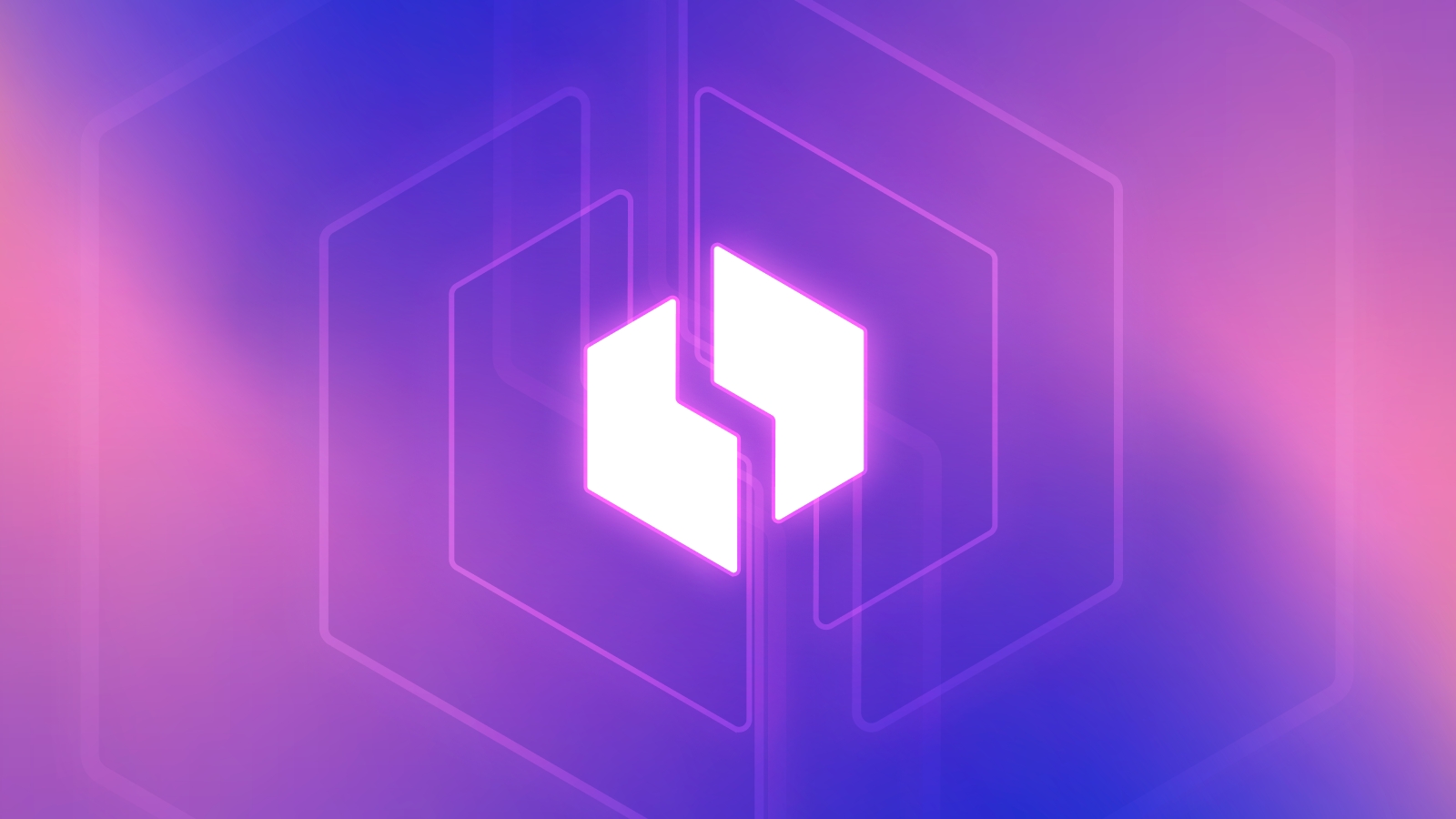AO Distribution Protocol Progress and Future Plans

In January, the AO Distribution Protocol opened for community testing, marking significant progress on various Q1 releases, including staking and applications. The development team has shown remarkable improvement month over month, showcasing their ability to work on multiple fronts simultaneously. A dedicated group of testers provided valuable feedback, leading to enhancements in the dashboard’s user flow, such as automatic state refreshing after locking and claiming tokens. Additionally, a bug in the operator registry restart process was identified and patched, ensuring smoother operations for users. The team also developed their own Arweave Bundler to facilitate seamless dashboard deployment and enhance censorship-resistant utilities.
The protocol team is advancing the staking system for token holders, with new repositories emerging on GitHub that include features for auto-compounding rewards or directing them to register relays without withdrawal. This initiative aims to strengthen community engagement and reward participation. Furthermore, a closer collaboration with Arweave has been established, signaling a commitment to integrating DePIN technologies. On the hardware front, the team is finalizing the router mode and improving user pathways, with plans for expedited hardware shipments to meet Q1 estimates for buyers who faced delays.
In terms of network and applications, the team has efficiently delivered updates across mobile and desktop platforms. January saw the introduction of a new hidden service footer, the completion of the first Android APK for testing, and significant progress on the Anyone Browser for iOS. The development of an NPM proxy for app anonymization and a comprehensive Python SDK further illustrates the team’s commitment to enhancing user experience. With a focus on integrating key partnerships, such as with Carbon Browser, the team is poised for substantial growth in user adoption throughout 2025 and beyond, tackling significant challenges in the digital landscape.
Related News





